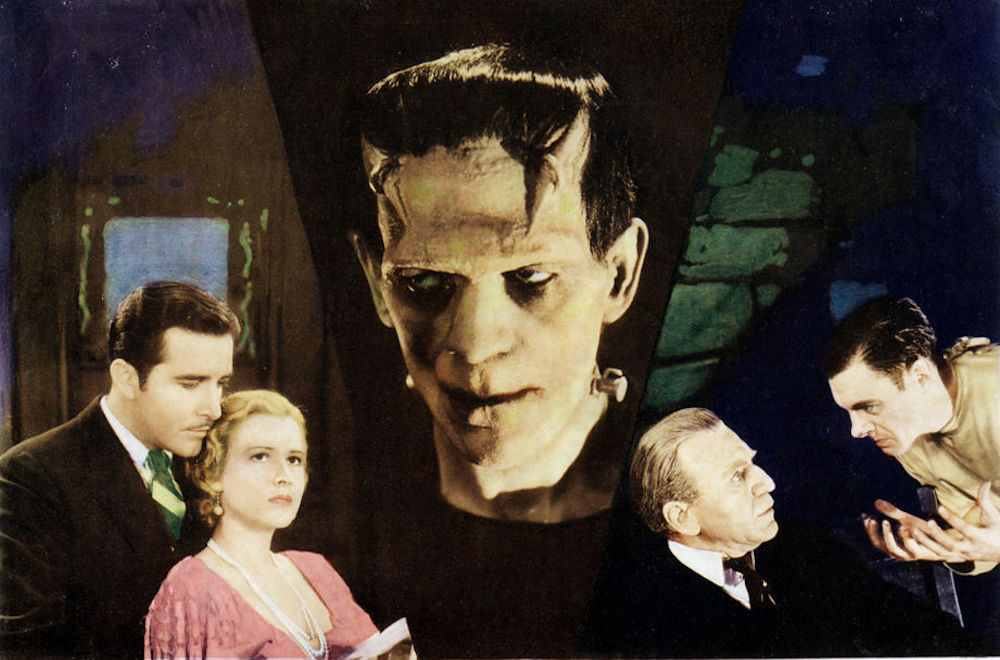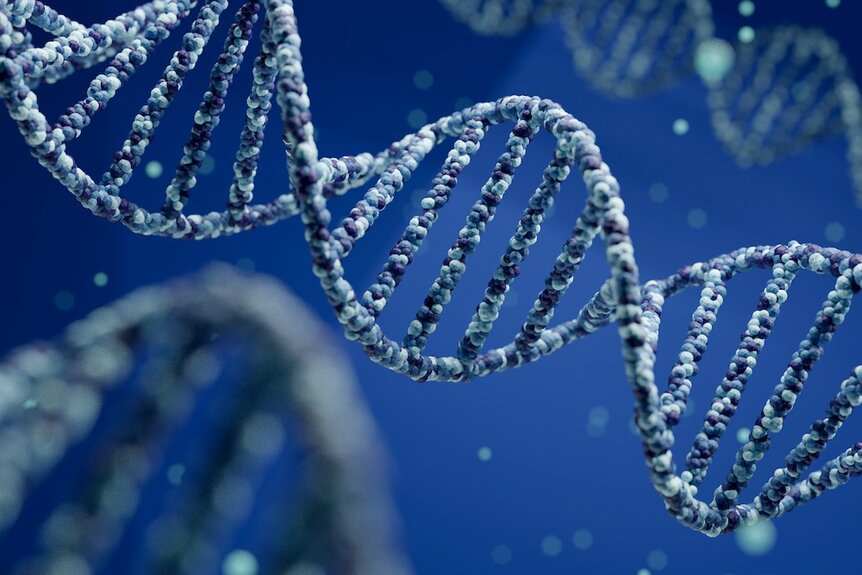Create a free profile to get unlimited access to exclusive videos, sweepstakes, and more!
This Primitive Blob May Have Evolved the First “Neurons”
Not sure if we're mad or grateful.

Mary Shelley’s Frankenstein (streaming now on Peacock), seemingly following in the footsteps of its own narrative, has done what few other stories can hope to do: achieve a kind of immortality. It remains so beloved more than two centuries after publication, because it deals with one of the universal human questions: the boundary between life and death. The ambitious but misguided Dr. Frankenstein puts all of the pieces of a person in the right configuration and, with the help of a bolt of lightning, creates life and thought where there was none before. It’s a stylized version of what might have happened in Earth’s primordial oceans a few billion years back. We’re not quite sure how it happened, but one hypothesis for the origin of life includes a nicely balanced chemical soup and a bolt of lightning or two.
Of course, just because something is “ALIVE” as the cinematic Dr. Frankenstein might say, doesn’t mean it thinks. For that, you need specialized biological machinery which didn’t exist during life’s early days. Now, a team of scientists may have found the origin of neurons in a shockingly simple, blob-like creature, according to a new study published in the journal Cell.
Proto-neurons May Have Evolved to Help Microbes Move
The research focused on a little-known group of animals called placozoans. They are one of the five major branches of animals, characterized by blobby bodies with almost no complexity. Placozoans don’t have any discernible body features like limbs or internal organs. Mostly, they are a collection of loosely differentiated cells surrounded by cilia, which they use to move through the water and capture prey.
RELATED: The First Spark of Life on Earth May Have Come From the Sun
They don’t have much in common with our side of the tree of life, because they split off about 800 million years ago, before multicellular complex life really took off. That early split suggests that any similarities they have with us must have emerged before 800 million years ago, giving researchers a nice little window into our own early evolution.
That’s especially helpful with something like a nervous system which is highly complex, because it lets us see the small first steps which may have led to brains like ours. Evolution is thought to be a slow and laborious process; small mutations stack up over time until complex organisms and behaviors emerge. Today, many animals (including us) have complex nervous systems, but those must have started somewhere and that “somewhere” might have been inside placozoans.
Researchers completed a genetic study of the nine known placozoan cell types and a handful of intermediate types. Importantly, none of those cell types are neurons, but researchers did find what’s known as peptidergic cells which behave a lot like neurons in certain contexts. Inside a placozoan, peptidergic cells release peptides (small chains of amino acids) which change the shape and movement of their bodies. They do that by storing up certain chemicals and releasing them at the right time, much like neurons do. While the peptidergic cells don’t behave like neurons, they do have some of the same machinery as our neurons.
RELATED: Brains could soon have their own periodic table of neurons
The peptidergic cells lack the intermediate states of other placozoan cell types and appear to have arisen from a distinct ancestor population. Moreover, they have clear molecular signatures which are associated with neurogenesis in other animal groups. In short, the evidence suggests that placozoans got their hands on some neuronal machinery and used it as best they could. In the meantime, that machinery got passed on to other groups (like our own) when we split off hundreds of millions of years ago and laid a foundation for neurons, nervous systems, and complex thought.
It’s often said that we stand on the shoulders of giants, benefitting from the innovators, explorers, and quick thinkers of our past. That’s certainly true, but it’s also true that we stand on the shoulders of the smallest creatures there are. Without the contributions of microscopic trailblazers from millennia past, we never could have built microscopes in the first place.
Relive the glory and horror of scientific discovery in Frankenstein, streaming now on Peacock.



























